From inconsistent workflows to decentralized communication and ballooning admin costs, multi-site orthopedic groups face complex challenges that traditional tools can’t solve alone.
That’s where AI automation steps in. But not just any automation—the most valuable AI tools are those that align tightly with the unique needs of orthopedic care and offer enterprise-grade scalability.
In this article, we’ll break down the top AI automations that are delivering outsized value to multi-location orthopedic organizations—and what to look for in a platform to support your growth.
1. Unified Prior Authorization Processing
Each clinic in your group might have its own way of managing authorizations for imaging, injections, or surgery. That fragmentation leads to delays, denials, and inconsistent patient experiences.
AI Impact:
- Centralizes prior auth workflows across locations
- Auto-checks payer rules and documentation completeness
- Tracks approvals and sends alerts across care teams
- Reduces variation in submission quality
Result: Faster surgical scheduling and less revenue leakage across the group.
2. Centralized Fax + Document Triage
High-volume groups receive thousands of faxes a week—referrals, imaging results, operative reports. Without intelligent routing, this creates inbox chaos.
AI Impact:
- Scans and classifies faxes by type and urgency
- Routes to the correct location or department (e.g., PT vs surgical scheduler)
- Extracts key data and logs it to the EHR
- Flags referrals missing imaging or notes
Result: Smooth intake across all sites and no more lost or delayed referrals.
3. Distributed Chart Prep for High-Volume Clinics
Each clinic may have different MA staffing models and documentation tools. That can lead to gaps in chart readiness, especially for post-op visits or multi-specialist consults.
AI Impact:
- Prepares visit summaries and flags missing data
- Automatically pulls prior imaging or PT updates
- Tailors prep to visit type (e.g., follow-up, pre-op, injection)
- Scales across clinics without adding staff
Result: Providers can walk into each visit fully prepared, no matter the site.
4. Referral Intake and Scheduling Prioritization
Multi-location groups often have different provider availabilities, subspecialties, or ancillaries (like MRI). Referral volume can overwhelm your team.
AI Impact:
- Parses and categorizes incoming referrals
- Matches patients with appropriate provider and location
- Flags incomplete or duplicate referrals
- Initiates automated scheduling sequences
Result: Optimized patient flow and improved referral-to-visit conversion across all locations.
5. Surgical Scheduling Coordination
Surgery is the engine of most orthopedic groups—but coordinating surgeries across multiple sites, surgeons, and OR schedules is complex and error-prone.
AI Impact:
- Checks documentation completeness before booking
- Suggests OR slots based on procedure and provider
- Alerts teams if pre-op labs or auths are missing
- Tracks surgical backlog across locations
Result: Reduced cancellations and smoother OR utilization across facilities.
6. Eligibility + Insurance Verification at Scale
Payers differ by region and plan types. Centralizing eligibility verification helps avoid day-of denials and administrative rework.
AI Impact:
- Runs real-time eligibility across major payers
- Flags COB conflicts or missing PCP referrals
- Logs details into the EHR at the group level
- Can integrate with existing revenue cycle systems
Result: Lower denial rates and consistent front desk workflows, no matter the site.
7. PROMs + Quality Measure Tracking
Value-based care is coming to orthopedics, and multi-site groups must aggregate performance across providers and regions.
AI Impact:
- Sends post-op surveys (e.g., KOOS, ASES)
- Tracks completion and scores centrally
- Flags outlier responses for follow-up
- Links to MIPS or bundle reporting
Result: Better performance visibility and payer readiness at scale.
Choosing the Right Platform for Multi-Site Operations
Not all AI platforms are built for multi-location orchestration. When choosing your vendor, prioritize:
- Central management dashboard with site-level visibility
- Custom routing rules for docs, faxes, and referrals
- Location-aware scheduling AI
- EHR integration across all sites
- Enterprise support and change management
Why Multi-Site Groups Choose Honey Health
Honey Health’s AI back-office platform was designed from day one to support complex, multi-location specialty groups. With configurable AI agents for every key workflow, your group gains:
- Consistent admin quality across locations
- Faster patient throughput
- Lower burnout among staff and providers
- Seamless scaling without expanding headcount
Orthopedic groups using Honey have seen:
- 35% reduction in referral-to-visit lag time
- 60% drop in fax triage effort
- 2x faster prior authorization turnaround
Final Thoughts
Running a multi-site orthopedic organization shouldn’t require an army of admin staff or fragmented workflows. With the right AI automations, you can unify operations, improve quality, and grow sustainably.
Ready to streamline operations across all your clinics? The right AI platform makes scaling not just possible—but profitable.

